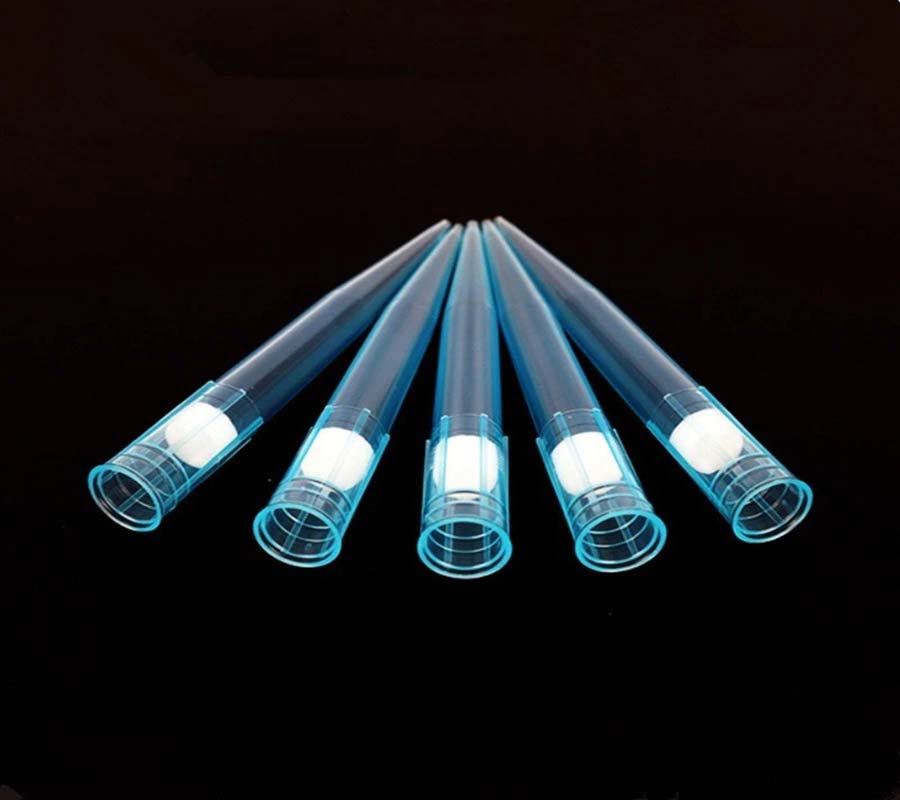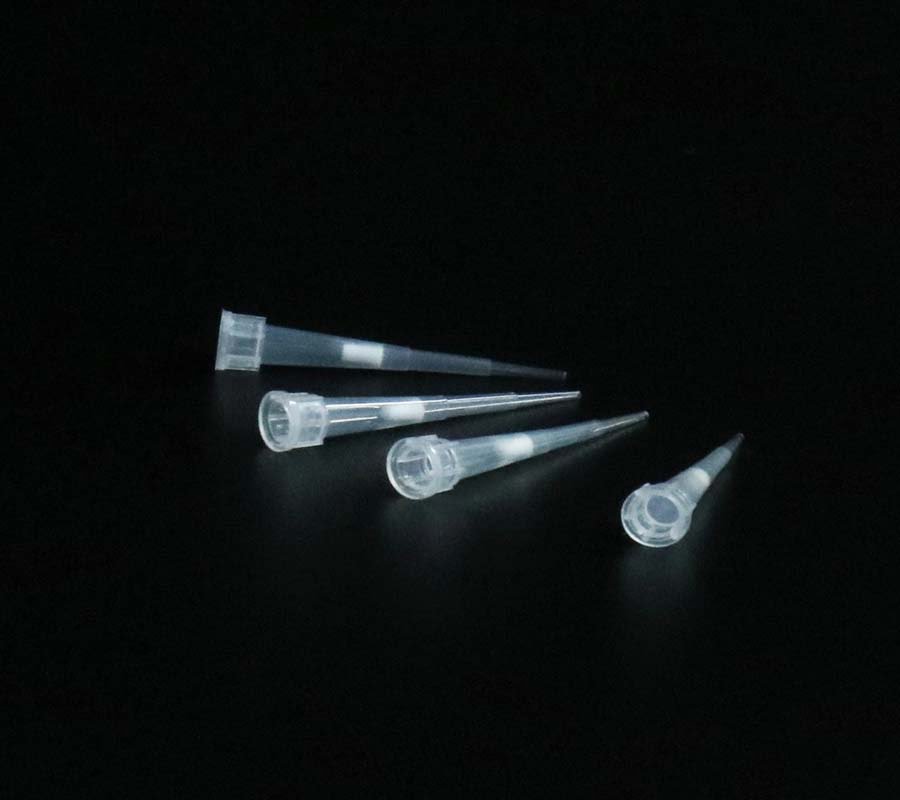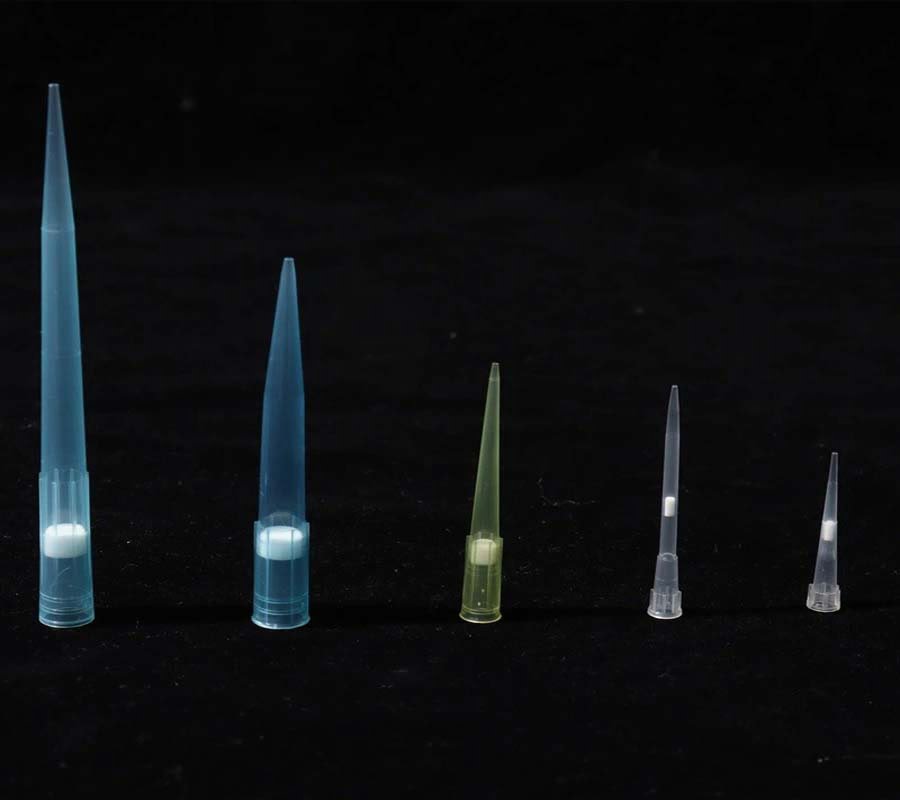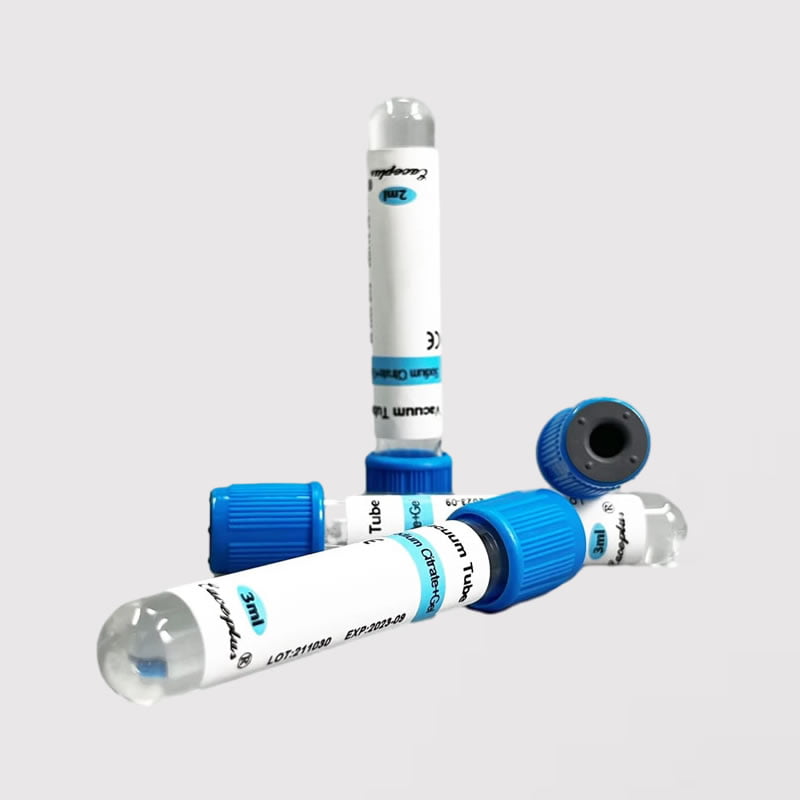Choosing the right pipette tip is an important part of any laboratory experiment. It is important to select the correct tip size, shape, and material to ensure accurate and precise measurements. In this blog post, we will discuss how to choose the best pipette tip for your laboratory needs. We will look at the different sizes, shapes, and materials available, as well as how to identify the best tip for your experiment.
Table of Contents
Factors to consider when choosing a pipette tip
When it comes to laboratory work, accuracy is key. Therefore, it is essential to choose the right pipette tip for the job. There are several factors to consider when selecting the right pipette tip. The first factor to consider is the volume of liquid you need to pipette. Different pipette tips come in different sizes and have different capacities. You need to select the correct size for the volume of liquid you need to pipette. The second factor to consider is the compatibility of the pipette tip with the pipette. Different pipette tips are designed to be used with specific types of pipettes. Therefore, you should always check the compatibility of the pipette tip with the pipette before purchasing it. The third factor to consider is the accuracy of the pipette tip. Different pipette tips have different levels of accuracy and you should select the pipette tip with the required accuracy for your experiment. Finally, you need to consider the price of the pipette tip. Different pipette tips may have different prices, depending on the brand and quality. Therefore, it pays to do some research and select the pipette tip that offers the best value for money.
In summary, when choosing a pipette tip, consider the volume of liquid you need to pipette, the compatibility of the pipette tip with the pipette, the accuracy of the pipette tip, and the price of the pipette tip. With these factors in mind, you can be sure to select the right pipette tip for your laboratory work.

Different types of pipette tips
Pipette tips are an essential part of any laboratory setting, as they are used to accurately and precisely measure and transfer liquids. There are a variety of different types of pipette tips available, each with its own unique features and advantages.
The most common type of pipette tip is a disposable plastic tip. These are widely used due to their affordability, and they are also easy to use. They are available in a variety of sizes, so you can choose the one that best suits your needs. These tips are also resistant to most chemical solutions, making them suitable for a variety of experiments.
Another common type of pipette tip is the filter tip. These tips are designed to filter out any particles or contaminants that may be present in the liquid being measured. They are typically made of polypropylene or polyethylene and have a fine mesh filter attached to the tip. These tips are often used in medical and industrial settings, as they can help ensure that the liquid being measured is free from any contaminants.
Finally, there are also autoclavable tips, which are made of stainless steel, and can be sterilized in an autoclave. These tips are more expensive than disposable plastic tips, but they are highly durable and can be used multiple times. Autoclavable tips are great for labs that require precise measurements, as they can be used over and over again without needing to be replaced.
No matter what type of pipette tip you need, there is sure to be one that is perfect for your laboratory setting. With all the different types of pipette tips available, you can be sure that you will be able to find the one that is right for you.
Features of a good pipette tip
Having a good pipette tip is an essential part of any laboratory setting. A good pipette tip can help ensure accuracy and precision in sample preparation and measurement. There are several features that make a good pipette tip, and it is important to be aware of them in order to select the best one for your needs.
First, a good pipette tip should be made with quality materials that are designed to resist corrosion and wear. This ensures that the tip will remain effective and accurate for a long time. Additionally, a good pipette tip should have a sharp and uniform tip shape, as this will help ensure a precise and consistent sample volume. Furthermore, the tip should have a low dead volume, which will help reduce waste and improve accuracy.
Finally, a good pipette tip should have a good sealing design, which will help keep the sample contained and prevent it from leaking. The tip should also be designed to fit securely into the pipette so that it does not move or slip during sample preparation. By choosing a pipette tip with these features, you can ensure accuracy and precision in your sample preparation and measurement.

Tips for selecting the right pipette tip
Selecting the right pipette tip is essential in ensuring the accuracy, precision, and reproducibility of your experimental data. It is important to understand the different characteristics of the different types of available pipette tips and to choose the appropriate one for your sample and application. To ensure you are getting the most out of your pipette tips, here are some tips for selecting the right pipette tip:
First, consider the volume of your sample. Choose a pipette tip that is appropriate for the volume you are measuring. If you are measuring very small volumes, you may need a more specialized tip with a narrow bore, such as a filter tip. If you are measuring larger volumes, you may need a larger capacity tip.
Second, consider the viscosity of your sample. If you are measuring a sample with a high viscosity, you may need a specialized tip with a larger bore for more accurate delivery.
Third, consider the accuracy of the pipette tip. Pipette tips are not all created equal, and the accuracy of the measurements will depend on the quality of the tip. Look for tips that are made with high-quality materials and have been tested for accuracy.
Finally, consider the durability of the tip. Some tips are designed to be disposable, while others are designed to last longer. If you are working with a sample that needs to be measured multiple times, you may want to invest in a more durable tip that can withstand multiple uses.
By following these tips, you can ensure that you are selecting the right pipette tip for your sample and application and that you are getting the most out of your pipette tips.
Quality assurance for pipette tips
When it comes to laboratory procedures, accuracy and precision are of the utmost importance. To ensure that accuracy and precision are achieved, quality assurance must be implemented and maintained. Pipette tips are a common item used in laboratories for accurate liquid transfer during experiments, and quality assurance for pipette tips is an essential process for success.
Quality assurance for pipette tips can be achieved through a variety of methods, depending on the type of pipette and the type of experiment being conducted. For example, when using a manual pipette, a user should check the accuracy of the measurements by using a liquid of known volume and comparing the amount dispensed by the pipette to the known volume. Additionally, the user should check for any air bubbles in the pipette tip which could affect accuracy.
In addition to manual checking, automated quality assurance systems can be implemented to ensure the accuracy and precision of pipette tips. Automated systems use sensors to check for air bubbles and other inconsistencies in the pipette tips, as well as any other potential issues such as incorrect calibration. Automated systems can also be used to track the usage of pipette tips to ensure that they are being used correctly and consistently throughout the laboratory.
Overall, quality assurance for pipette tips is an important step for ensuring accuracy and precision in laboratory experiments. By taking the time to check for accuracy and precision, as well as implementing automated quality assurance systems, laboratories can ensure that their experiments are conducted with the utmost accuracy and precision.
The importance of using the right pipette tip
Using the right pipette tip is essential for accurate and precise pipetting in laboratories. Pipette tips come in various sizes and shapes, and it is important to choose the tip that best fits the size of the sample you are working with. If the pipette tip is too large for the sample, you might end up over-pipetting, resulting in inaccurate results. On the other hand, if the pipette tip is too small, you may not be able to pick up enough samples, leading to under-pipetting and also inaccurate results. Furthermore, if the pipette tip is not the right shape for the sample, it may not fit properly, resulting in leakage and inaccurate results. Therefore, it is important to select the right pipette tip for the job in order to get accurate and precise results.
Conclusion
Choosing the right pipette tip for your application is a critical step in ensuring accurate and reproducible results. There are several factors to consider when selecting the right tip, such as the type of liquid being handled, the volume of liquid being dispensed, the accuracy requirements, and the compatibility of the tip with the pipette. By taking the time to research and consider these factors, you can make sure that you have the ideal tip for your specific application.

























































